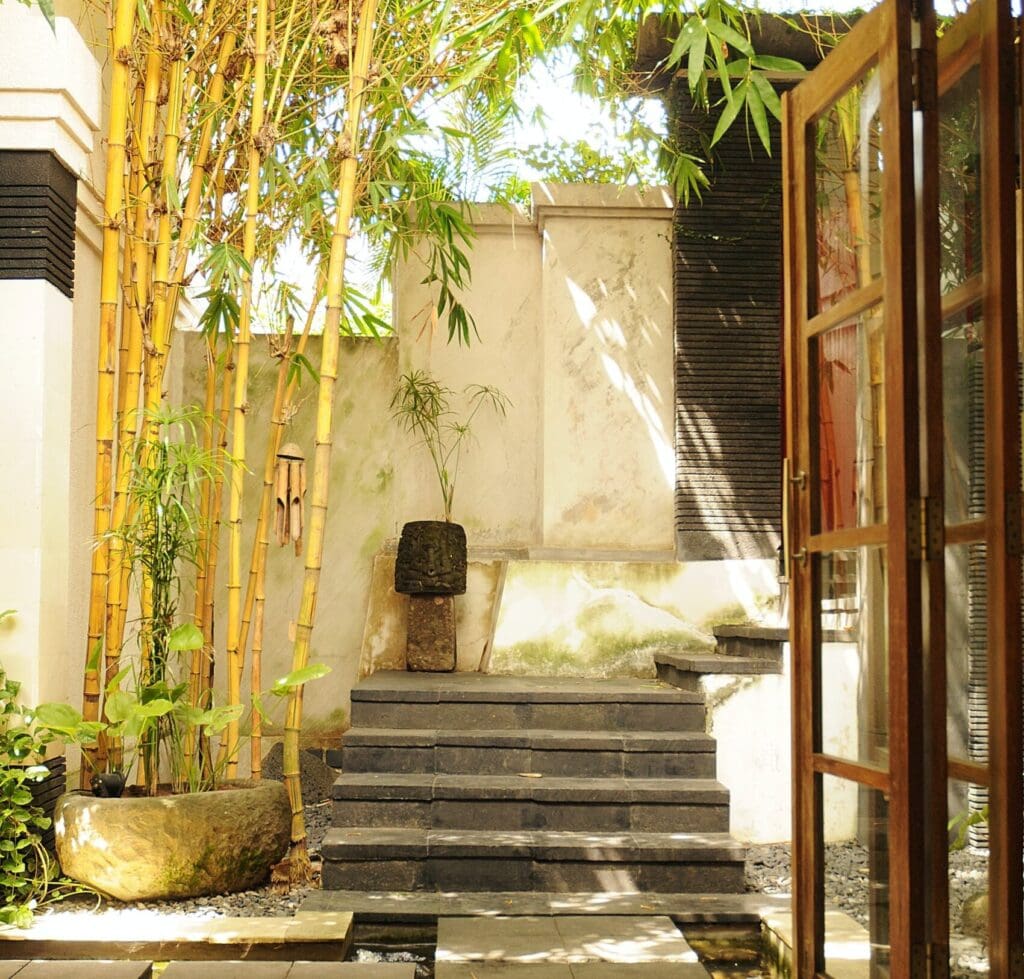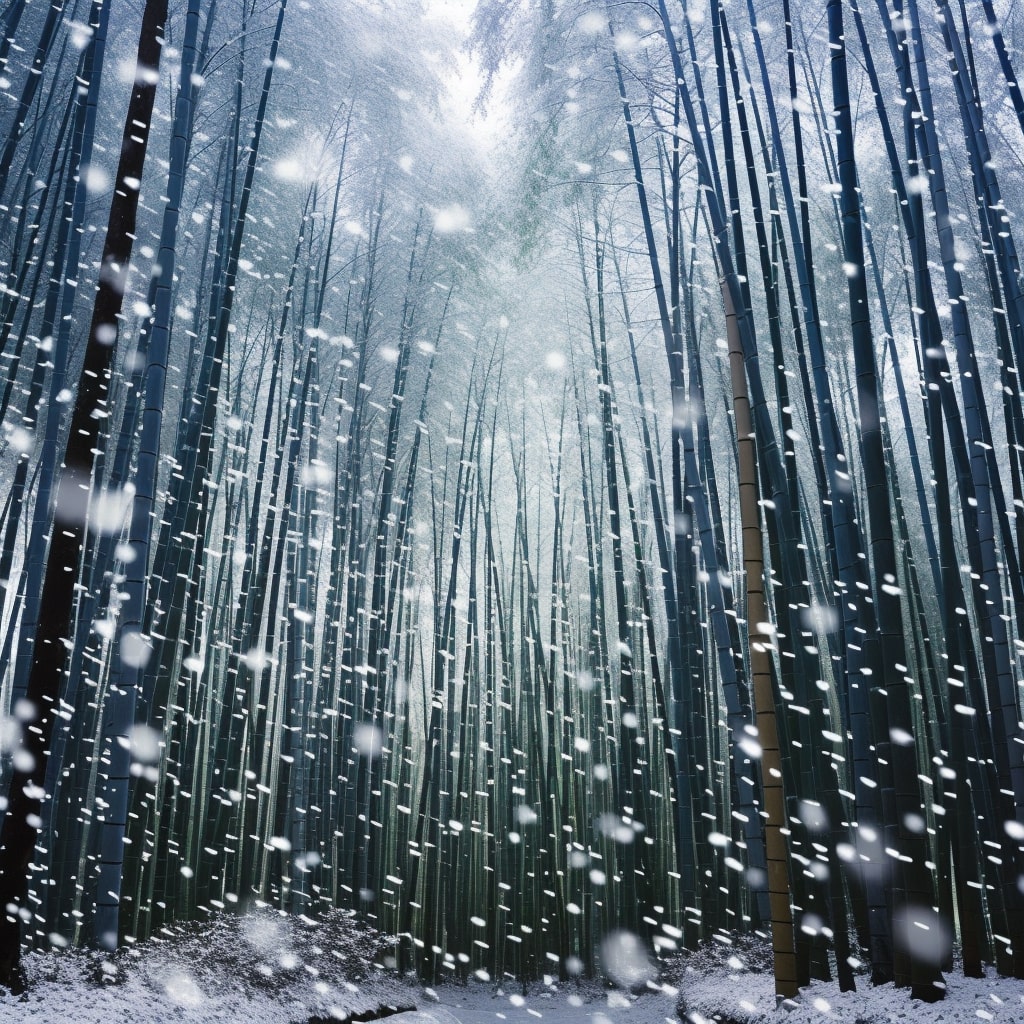Growing Bamboo In Wisconsin
Bamboo cultivation in Wisconsin requires careful consideration and proper planning due to the state’s cold winters. While not native to the area, certain bamboo species can thrive if provided with the necessary care and consultation with plant experts. Bamboo is a resilient plant that can tolerate various temperatures and weather conditions, making it suitable for growth in Wisconsin.
This article aims to provide comprehensive guidance on:
- Suitable species selection
- Planting techniques
- Soil preparation
- Watering and fertilizing practices
- Frost and wind protection strategies
- Containment methods for controlling spread
- Tips for growing bamboo in containers.
Suitable Bamboo Species
Various cold-hardy bamboo species can be suitable for growing in Wisconsin, such as Phyllostachys nuda, Phyllostachys Aureosulcata ‘Yellow Groove’, Phyllostachys Bissetii, and Phyllostachys heteroclada ‘Purpurata’. These species of bamboo have demonstrated their ability to withstand the challenging climate conditions of Wisconsin.

Bamboo cultivation in this region presents unique challenges due to the cold winters. However, with careful selection of cold hardy bamboo varieties and proper planting techniques, it is possible for bamboo to grow well in the Wisconsin climate.
Planting and Soil Preparation
When establishing a bamboo plant in Wisconsin, one important step is to carefully select an appropriate site with well-draining soil and sufficient sunlight. Bamboo cultivation techniques in other cold climates can provide valuable insights for growing bamboo successfully in Wisconsin’s challenging winters.
While bamboo is not native to Wisconsin, there are several benefits to growing it in a garden. Bamboo can add a unique and exotic touch to the landscape, and its rapid growth makes it an excellent choice for creating privacy screens. To create a bamboo privacy screen, choose clumping bamboo varieties that require less control than running bamboo.
Planting bamboo in a trench or using barriers can help contain its spread and prevent it from becoming invasive. With proper soil preparation, regular watering, and protection from harsh weather conditions, bamboo can thrive in Wisconsin gardens and provide both aesthetic appeal and functional benefits.
Watering and Fertilizing
Watering and fertilizing practices are crucial for the successful growth and maintenance of bamboo plants in Wisconsin gardens. To ensure optimal growth, it is important to understand the bamboo’s growth rate, fertilizer requirements, and watering schedule.
-
Bamboo Growth Rate: Bamboo is known for its rapid growth, with some varieties capable of growing up to 3 inches per day in ideal conditions. However, the growth rate may vary depending on factors such as species, soil quality, and climate.
-
Bamboo Fertilizer Requirements: Bamboo generally requires minimal fertilizer support due to its ability to extract nutrients from the soil efficiently. However, applying a nitrogen-rich fertilizer around the shoots once the bamboo is established can promote healthy growth.
-
Watering Schedule for Bamboo: Newly planted bamboo should be watered generously 2-5 times per week during the summer months. Once established, regular watering is still necessary, especially during dry periods. Mulching around the roots and rhizomes helps retain moisture and protect the plant.
Protection from Frost and Wind
To protect bamboo plants from the harsh Wisconsin winters, it is important to take measures against frost and wind damage.
Winter care for bamboo in Wisconsin involves insulating the plants against freezing temperatures and providing windbreaks.
Mulching around the roots and rhizomes of bamboo can help protect them from frost and ice. A thick layer of mulch acts as insulation, keeping the soil temperature stable and preventing freeze-thaw cycles that can damage the roots.
Additionally, planting cold-weather plants around the bamboo area can absorb wind and provide further protection.
Containment and Spread Control
Here are some effective methods for containing and controlling the spread of bamboo:
-
Trenching methods: Digging a trench around the perimeter of the bamboo area creates a barrier that prevents rhizomes from spreading beyond the designated space.
-
Bamboo root barriers: Installing root barriers made of thick plastic or metal along the edges of the bamboo planting area can effectively limit its spread.
-
Regular maintenance: Conduct regular inspections to identify any escaping rhizomes and cut them back promptly to prevent further spread.
-
Monitoring growth: Keep an eye on new shoots and remove any that appear outside of the desired growing area.
By implementing these containment methods, gardeners can enjoy growing bamboo in Wisconsin while maintaining control over its growth and preventing it from becoming invasive.
Growing Bamboo in Containers
One alternative to planting bamboo directly in the ground is by utilizing containers, allowing for greater control over its growth and spread. Container gardening with bamboo offers several benefits for those looking to grow this versatile plant in Wisconsin.
Firstly, it allows for easy mobility, making it possible to move the bamboo indoors during the cold winter months.
Secondly, containers provide better containment and prevent the bamboo from spreading uncontrollably throughout the garden.



When selecting containers for growing bamboo in Wisconsin, it is important to choose large, sturdy pots that can accommodate the plant’s extensive root system. Additionally, using pots made of materials such as ceramic or concrete can help insulate the roots and protect them from extreme temperature fluctuations.
To overwinter bamboo in containers, it is recommended to place mulch around the base of the plants and wrap them with burlap or bubble wrap for added insulation against freezing temperatures.
Clumping vs Running Bamboo
Clumping bamboo and running bamboo are two distinct categories that differentiate the growth patterns and spread of bamboo plants.
Clumping bamboo, as the name suggests, grows in tight clumps and does not spread aggressively like running bamboo. This makes clumping bamboo a popular choice for landscaping purposes, especially when privacy screens are desired. Clumping bamboo forms dense clusters of upright culms, which can create a visually appealing and effective barrier.
On the other hand, running bamboo has a more invasive nature as it spreads rapidly through underground rhizomes. While running bamboo can be used for privacy screens as well, it requires more control measures such as containment barriers to prevent it from spreading uncontrollably.
Overall, both types of bamboo have their own benefits and considerations when it comes to landscaping and maintaining privacy with bamboo screens.
Additional Care Tips
To ensure optimal growth and health of bamboo plants, it is important to provide regular watering during the summer months and to mulch around the roots and rhizomes for protection. Additionally, there are several other care tips that can help in maintaining bamboo plants:
-
Pruning: Regularly removing older bamboo stalks not only promotes healthy growth but also enhances the aesthetic appeal of the plant.
-
Frost Protection: Bamboo should be protected from frost and ice by applying a thick layer of mulch around its base. This helps insulate the roots and prevent damage during cold weather.
-
Containment: To control the spread of bamboo, it is advisable to dig a trench around the planting area. This helps contain its growth and prevents it from spreading uncontrollably.
Bamboo maintenance requires attention to detail and adherence to these practices. While propagation techniques can vary depending on the species, ensuring proper cultivation conditions will contribute to successful bamboo growth in Wisconsin’s climate.
Conclusion
In conclusion, growing bamboo in Wisconsin is feasible with the proper selection of species and careful cultivation techniques.
While bamboo is not native to the state, certain varieties can thrive in its climate when given appropriate care and protection from harsh winter conditions.

